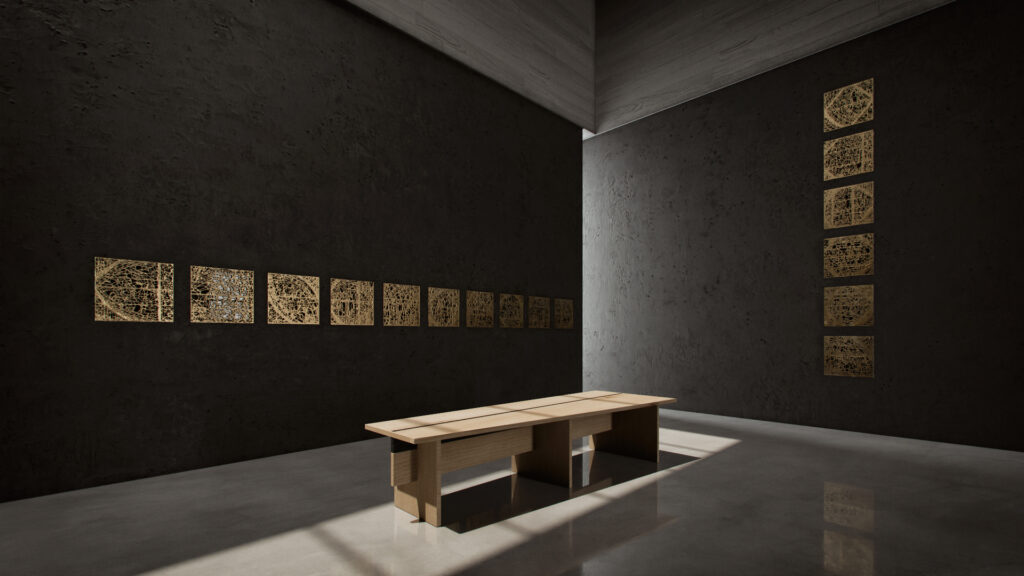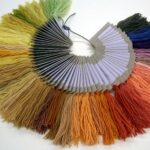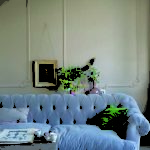Jonathan Primeau has been bringing his love of wine and design to the luxury wine spaces he’s been creating with his Montreal-based company, CellArt for about a decade. Working with architects, designers, sommeliers, artists, and winegrowers, CellArt has evolved into an elite brand with an international reach. Today, it creates spaces to store and display fine wine collections, some of which hit the $1 million mark. Custom designed and built in Montreal, Quebec, the pre-assembled units are shipped to customers around the globe. Bespoke accessories, hand-crafted by artisans, are also available, and a line of twelve ready-made units will launch later in 2022.
Primeau also taps into one of this other grand passion-art-by partnering with artists to create singular spaces for fine wine collections. “This is part of the DNA of CellArt because all the artists I personally collect,” he says. “I took the time to select and love their art, so I reached out to do a collaboration.”
Pairing art and wine

The process, he says, is always driven by the creator’s own vision.
Artists explore the beauty of fine wine collection
“What is key here is to respect the artist,” says Primeau. “So we didn’t use dedicated creative directors (for those projects).” Instead, artists were paired with the design and technical support they needed to transform concepts into three-dimensional reality. The results are very handsome, combing art and design to showcase vintage and fine wine collections,
Swiss Canadian artist Frédéric Cordier created Fade Out, which builds a repetitive grid that opens up at one end to add light and movement. Another piece, Rayon, references a hive in which “variations integrated into the principle of repetition in order to animate the composition.”
Samantha Holmes also explores patterns and symbols, often sourced from religion, science and history, introducing “distortion” to look at disparity between the “certainties of ideology and the fractured nature of contemporary living.” Above, her Open Windows installation for a fine wine collection.
Myriam Dion’s work, Garden Planimetry is inspired by Renaissance gardens and uses meticulous designs adorned with gold leaf and cut-outs that evoke formal garden elements—symmetry, geometry, paths, fountains, and maze.






